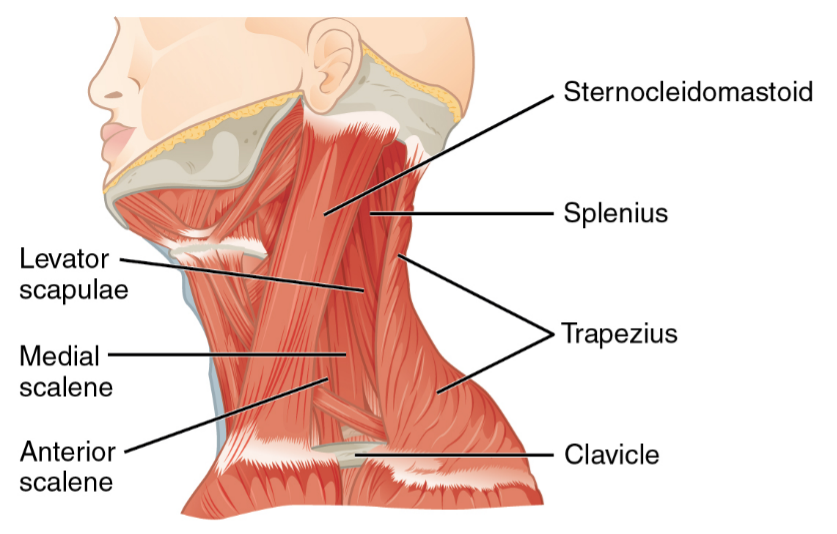How to reduce neck pain from screen time part 1: Stretching
There are many causes of neck pain, but proper stretching and muscle strengthening can provide relief.

Do you suffer from chronic or occasional neck pain? Do you work a desk job? Do you spend a lot of time on your smart phone each day? There are many causes of neck pain, such as bad posture, slumping over while working, or looking at your phone. This could be due to some muscles in the neck or shoulder area being tight or overactive (e.g. upper trapezius, sternocleidomastoid), or others being weak (e.g. lower and middle trapezius). Regular stretching and muscle strengthening of the neck and shoulder muscles has been shown to help correct these imbalances. This article describes several stretches that could help alleviate or prevent neck pain if performed regularly.

Below are various stretches you can perform throughout the week or every day.
Upper Trapezius Stretch
The upper trapezius, or “traps” are the large kite-shaped muscles on the sides of your neck that fill the space between your neck and shoulders. These muscles are involved in pulling your shoulder blades up. Regularly looking down causes these muscles to shorten and become tight over time. There is a good chance that your upper traps are quite tight even while reading this article. A good way to stretch the upper traps is simply by standing or sitting upright and tilting your head to one side and gently trying to bring your ear down to the shoulder. You can reach your arm over your head to help provide slight pressure to enhance the stretch. Do not pull down too hard on your neck otherwise you might cause more harm than good. Always start off slow and easy.

Sternocleidomastoid Stretch
The sternocleidomastoid muscle (SCM) is a large muscle that spans both the front and side of the neck. The SCM’s main functions include bending the neck forward, from side to side, and rotating it. In a slouching position we often bring our chins down, ultimately stressing and tightening this muscle. Stretching this muscle is quite simple. Simply move your head and look slightly towards one side and extend your head backward. You should feel the stretch, on the part of your neck opposite the direction you turned your head. Like the other stretch you can use your hand to add more of a stretch if needed.

Frequency and intensity recommendations
How often should you perform these stretches? You can do these simple stretches throughout the day or incorporate them into your regular exercise routine. Start off slowly and easy, performing each stretch 3-4 times per week. For each stretch, hold 20 to 45 seconds, and make sure to stretch both the right and left side. You may feel instant relief from one round of stretching, but you will notice considerable changes after regularly incorporating these stretches for a few weeks. Gradually increase the frequency and intensity of each stretch as you make improvements. Every little bit helps!
Bonus Activity: Neck Mobility
One of the easiest activities you can do to relieve neck pain caused by being on a screen are simple neck mobility exercises. Periodically pause from what you are doing and simply look from side-to-side, up and down, and perform neck circles in both directions. Perform these often, such as every 15 to 20 minutes while working on your laptop.
For further resources on how to stretch and perform other flexibility exercises, please visit the MSU Extension’s Physical Activity website.



 Print
Print Email
Email